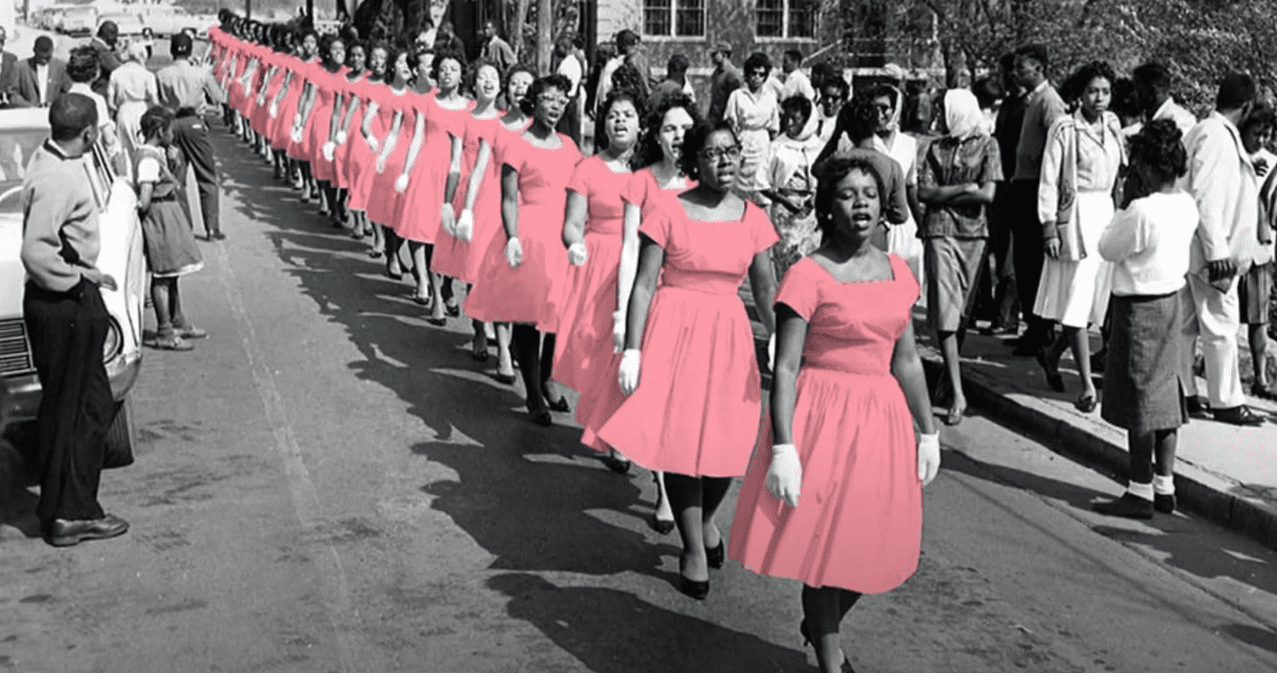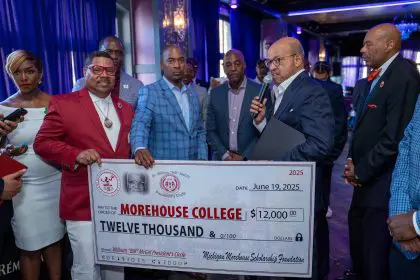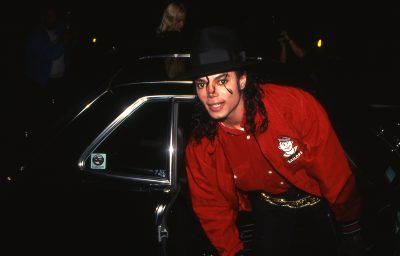
Gail O’Neill, former fashion model and multimedia journalist, moderated a panel presented by Museum of Design Atlanta on the impact of the revolutionary Franco-American fashion show at the Chateau de Versailles (Palace of Versailles) that became the defining moment in the global acceptance of American fashion designers, which included designer Stephen Burrows. This monumental event spawned the Deborah Riley Draper-directed documentary “Versailles ’73: American Runway Revolution,” which was screened at the Woodruff Arts Center located in Atlanta.
O’Neill led the discussion which featured panelists Ground Crew CEO Audrey Smaltz, who is a former Ebony Fashion Fair commentator and current New York Fashion Week backstage manager; models Pat Cleveland and Ramona Saunders, who walked the Versailles ’73 runway; as well as Burrows and Riley-Draper.
As a group, they shared their memories, how the show impacted American fashion and much more. This event was held in conjunction with MODA’s fall fashion design exhibition, Inspiring Beauty: 50 Years of Ebony Fashion Fair is on view until Jan. 4, 2015.
Read what they shared during the discussion in part.
Deborah Riley Draper on what inspired the making of “Versailles ’73…”
“It’s a story that converges everything that I absolutely love: fashion, New York, Paris, and beautiful Black women who can strut. I discovered the story about four years ago at the Metropolitan Museum of Art that did a very special tribute to the work that was done at Versailles. I was obsessed with the story … and finding all the facts to retrace the steps of these incredible fashion legends.”
Pat Cleveland on the show’s personal impact…
“Being with the other girls and feeling proud of ourselves because we [made the epic journey] with the designers. Just wearing the clothes and being on stage, under the lights and stepping out there and just being close to those people.
[The people she’s referring to includes an audience filled with royalty, millionaire luminaries, and icons including Andy Warhol, Princess Grace of Monaco, Christina Onassis and Josephine Baker].
Ramona Saunders on the most indelible impression Versailles ’73 left on her…
“The [American] designers were visionary, had wisdom and Versailles ’73 was a show a respect for one another and for their muses. It’s not finished; I think it’s coming back around. We need a resurgence to help [young] models understand what it was really about. It’s not finished; I think it’s coming back around.”
Audrey Smaltz on the renowned Versailles ’73 show…
“I felt really honored and blessed to be there. It was about us … an us movement. I think it was a collective effort and a great a success to celebrate.”
Stephen Burrows on how to recognize a muse…
O’Neill: Do you see a muse as soon as she walks into the room or crosses your path?
“Yes. I am a very visual person. It’s how you look. When I met Pat Cleveland, it was like one of my sketches off the page. It just happens.”
O’Neill: Does it happen frequently?
“No. It doesn’t.”
Audrey Smaltz on why the runway has become so tamed…
“First of all, you see one woman of color, maybe two, in fashion shows today, out of 30, 40. Michael Kors hires 64 models and he will have maybe four or five models of color. Donna [Karan] will have 32 models and one model of color. There are designers who will have no models of color.
“They tell them to walk down the runway. Do not smile. Look straight ahead. Turn. And, come back. That’s it. They are like zombies. The production people tell the girls how to walk. When the production tells the girls what to do, that’s what they do. ”
Pat Cleveland chimes in on the change…
“[Back then] it was about feeling good and dressing up. No matter what color you were. Put those clothes on, and shake and shine.
“Now there’s video. But when we did it, you’d go out onstage and do what you wanted to do. By the time you got backstage, nobody knew. You could go out there and just take over. Now it’s like every second counts. It’s big industry. The shows are very expensive … there are so many more designers now. It’s like a conveyor belt.
Stephen Burrows offers his input on the change…
“They don’t allow the personality of the models to come out anymore. It’s something they push under the table. It’s a sad thing because it takes all the life out of the show.”








